The first sign of melanoma is often a new mole or changes in an existing mole.
Normal moles are usually round or oval, with a smooth edge. They are no bigger than 6mm wide.
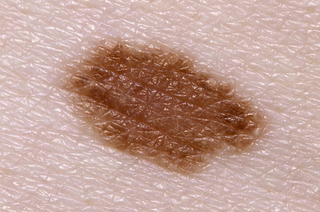
Non-urgent advice: Contact your GP as soon as possible if:
you notice changes in a mole, freckle or patch of skin, especially if the changes happen over a few weeks or months
Signs to look out for include a mole that is:
- getting bigger
- changing shape
- changing colour
- bleeding or becoming crusty
- itchy or sore
Melanomas can develop anywhere on your body, but they most often appear on a man's back or a woman's legs. They are usually flat but can be raised.
They can also develop under a nail, on the sole of your foot, in your mouth or in your genitals area, but these types of melanomas are rare.
ABCDE of moles
Most moles are harmless, but in rare cases they can develop into melanoma.
The ABCDE checklist can help you tell the difference between a normal mole and a melanoma.
A: Asymmetrical
Melanomas are asymmetrical. They have 2 very different halves and are an irregular shape.
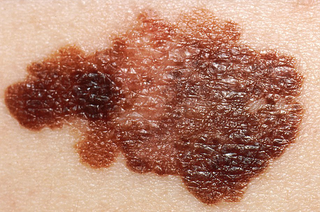
B: Border
Melanomas have a notched or ragged border.
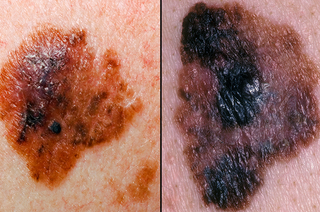
C: Colours
Melanomas will be a mix of two or more colours.
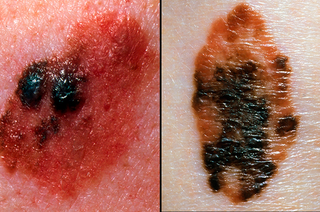
D: Diameter
Melanomas are larger than 6mm wide.
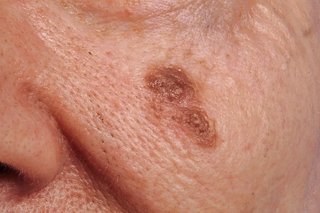
E: Evolution
Normal moles do not change. Melanoma moles often change (evolve) over time. They can change size, shape and colour. They can become raised and crusty.

Melanoma of the eye
In rare cases, melanoma can develop in your eye. Eye melanoma is usually diagnosed during a routine eye examination.
Talk to your GP or optician (optometrist) if you notice a dark spot or changes in your vision.
If your GP or optician suspects you have a serious problem with your eyes, they'll refer you to a specialist eye doctor called an ophthalmologist for an assessment.
Content supplied by the NHS and adapted for Ireland by the HSE
